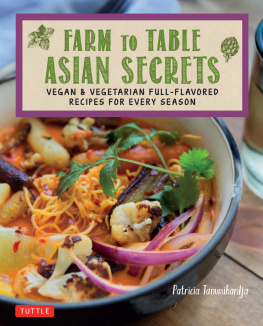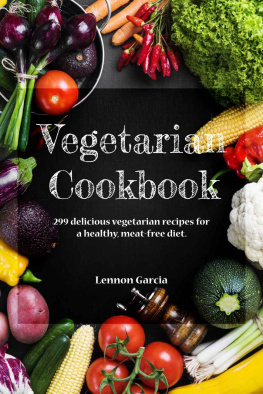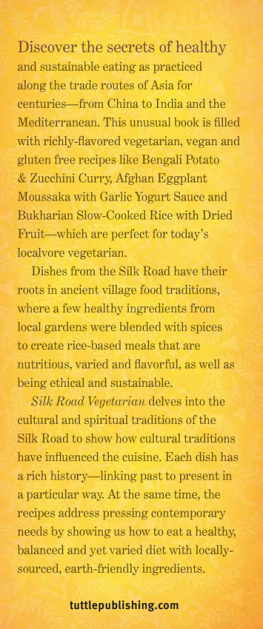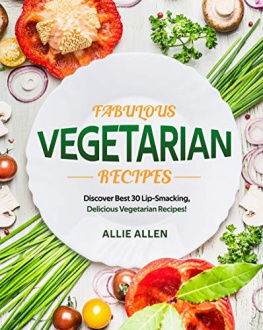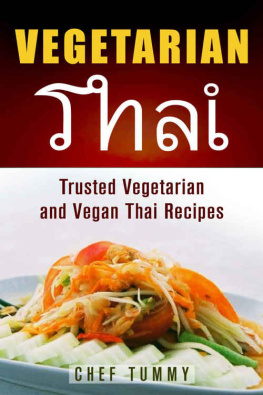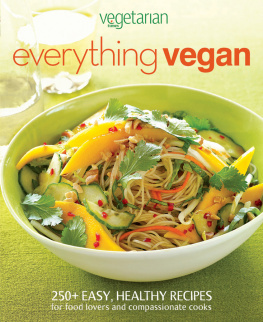ABOUT TUTTLE
"Books to Span the East and West"
Our core mission at Tuttle Publishing is to create books which bring people together one page at a time. Tuttle was founded in 1832 in the small New England town of Rutland, Vermont (USA). Our fundamental values remain as strong today as they were thento publish best-in-class books informing the English-speaking world about the countries and peoples of Asia. The world has become a smaller place today and Asia's economic, cultural and political influence has expanded, yet the need for meaningful dialogue and information about this diverse region has never been greater. Since 1948, Tuttle has been a leader in publishing books on the cultures, arts, cuisines, languages and literatures of Asia. Our authors and photographers have won numerous awards and Tuttle has published thousands of books on subjects ranging from martial arts to paper crafts. We welcome you to explore the wealth of information available on Asia at www.tuttlepublishing.com.
ACKNOWLEDGMENTS
This cookbook has been many years in the making and I have so many people to thank for helping it come to fruition.
First of all, I'm ever so grateful to my mother, Juliana, for feeding my siblings and I fabulous meals when we were growing up. It's because of her cooking that I have a penchant for great food. Plus, she taught me how to make my favorite childhood dishes and gifted me her recipes in the form of a handwritten cookbook. Then, there's my dad, Rudy. He encouraged me to start a vegetable garden and came to my rescue many times, whether it was in the form of digging dirt or trapping slugs. He definitely sowed the seed for my love of vegetables.
And of course, a huge thank you to my husband, Omar, and son, Isaac, for eating (almost) everything I cook.
My gratitude also goes to Dianne Jacob for helping me polish my book proposal, and to my fantastic agent Clare Pelino for having faith in me and my work, and for always being on my side.
Photographer Sarah Culver and stylist Kelsey Mattson were truly amazing to work with! Thank you for being patient, flexible, and willing to work with me on the minutiae of Asian food culture and customs.
This book would never have happened without Debra Samuels. Thanks Deb for the Introduction.
Of course, I couldn't have done it without my recipe testers, both friends and strangers. Special thanks goes out to Laura McCarthy who was unending in her enthusiasm and energy to help me perfect my recipes.
Thank you: Marcie Flinchum Atkins, Betty Ann Besa-Quirino, Mei Lin Clark, Suzana Maria Dharma, Wing Fang, Patricia Holm, Wendy Kiang-Spray, Laura Kumin, Shirley Lam, Gerald Lim, Manda Mangrai, Lori Luster, Dotti McLean, Nicole Lalani Oandasan, Lani Randle, Julie Riley, Linda Shiue, Michael Stewart, Niki Stojnic, Kava Vale, and thank you to the Tuttle Publishing team.

Basic Recipes
In this chapter, you'll find all the basic recipes I use to amp up flavors and add dimension to my Asian vegetarian cooking. Highlights include how to cook rice on the stovetop, garnishes to add flavor and texture, and stocks for stir-fries and soups. I also give recipes for homemade versions of prepared sauces and spice mixes that are easy to whip up at home. And don't forget pickles and fermented vegetables that make delicious snacks or meal accompaniments!
Stovetop Jasmine Rice
Fragrant jasmine is my rice of choice for pairing with most dishes. Cooking rice in a pot can be tricky, depending on the type of rice you're cooking as well as how old the rice Is. The only foolproof way to perfect that pot of rice is to cook several batches from the same bag of rice and experiment If the rice is too dry, add more water a few tablespoons at a time. If It's too soggy, decrease the water bit by bit This recipe is for white rice, but you can use the same method to cook brown jasmine rice, as well as other types of medium-to long-grain rice. See "Tips" below and check package directions for the correct rice-to-water ratios.
PREP TIME: 5 MINUTES
COOK TIME: 40 MINUTES
MAKES: ABOUT 2 CUPS
1 cup (200 g) jasmine rice
1 cups (325 ml) water
In a medium heavy-bottomed saucepan with a tight-fitting lid (preferably glass so you can observe cooking) rinse the rice in at least 3 changes of water. Drain well.
Add the 1 cups (325 ml) water and swirl the rice with your hand. Let the grains settle evenly at the bottom of saucepan.
Set the saucepan on the stove over high heat and bring to a rolling boil, so that the water is bubbling around the circumference of the saucepan. Reduce the heat to the lowest possible setting and cover the saucepan tightly with the lid. Continue cooking for 15 to 18 minutes, or until all the water is absorbed. The rice will look moist,and the contents will still be bubbling. Turn off the heat and let rice steam, lid intact, for another 10 minutes. Then lift off the lid and gently fluff the rice with a fork or a pair of chopsticks. The rice should not be lumpy; the individual grains should be separate.
Keep rice covered until ready to serve. Serve hot.
Tips Visit smithsonianapa.org/picklesandtea/how-to-cook-rice-3-ways/ for other methods of cooking rice.
To cook Japanese rice in a clay pot, visit: smithsonianapa.org/picklesandtea/the-ritual-of-rice/
To make brown rice, use a 1:2 ratio of rice to water and cook for at least 30 minutes.
Toasted Sesame Seeds
Toasting sesame seeds helps bring out their rich aroma and nutty taste.
PREP TIME: 5 MINUTES
MAKES: CUP (30 G)
cup (30 g) white sesame seeds
Preheat a medium nonstick cast-iron skillet over high heat for 2 to 3 minutes until wisps of smoke start to appear. Reduce the heat to medium-low and add the sesame seeds, spreading them out in one layer. Toast for 2 to 4 minutes, stirring or shaking the pan often, until the seeds are aromatic and begin to brown and pop. Allow to cool before using or storing.
Microwaved Crispy Garlic Bits
Fried garlic is usually prepared on the stove, but using a microwave is far more convenient when making the small quantities normally used in the home kitchen. You can also buy fried garlic in round canisters at an Asian market but you'll miss out on the flavorful garlic oil.
PREP TIME: 4 MINUTES
COOK TIME: 1 MINUTE
MAKES: 2 TABLESPOONS
2 tablespoons minced garlic (about 6 cloves) Vegetable oil
Place the garlic in a small microwavable bowl that is large enough to prevent overflow.
Add just enough oil to cover the garlic. Microwave on high for 1 to 2 minutes, checking every 30 seconds to see if it's done. Remove the garlic when it's light brown, as it will continue to cook in the hot oil after it is taken out of the microwave. The bits should be golden brown when cool. Drain the garlic in a fine-mesh sieve over a bowl, reserving the garlic oil for another use. Store the garlic bits in an airtight container for 2 to 3 days.
Toasted Coconut Flakes
You may be more accustomed to using coconut flakes in baking, but they're a very tasty addition to many savory Asian dishes. I prefer big unsweetened coconut flakes to shredded coconut which burns very quickly. If you have time and Inclination, go with the oven method. The flakes will toast more evenly and come out crunchier.
COOK TIME: 10 MINUTES
MAKES: 1 CUP (60 G)
1 cup (60 g) unsweetened large-flake coconut
OVEN METHOD:
Preheat oven to 325F (160C). Spread the coconut flakes out evenly in one layer on a rimmed baking sheet. Bake for 8 to 10 minutes, stirring occasionally, until they turn golden brown. Remove from the oven and transfer to a large plate to cool. Don't leave the coconut on the baking sheet because it will continue to brown.

